Generic
Pulsatile Tinnitus: Causes, Symptoms and Treatment Options
By Team Hearzap | Oct. 16, 2025
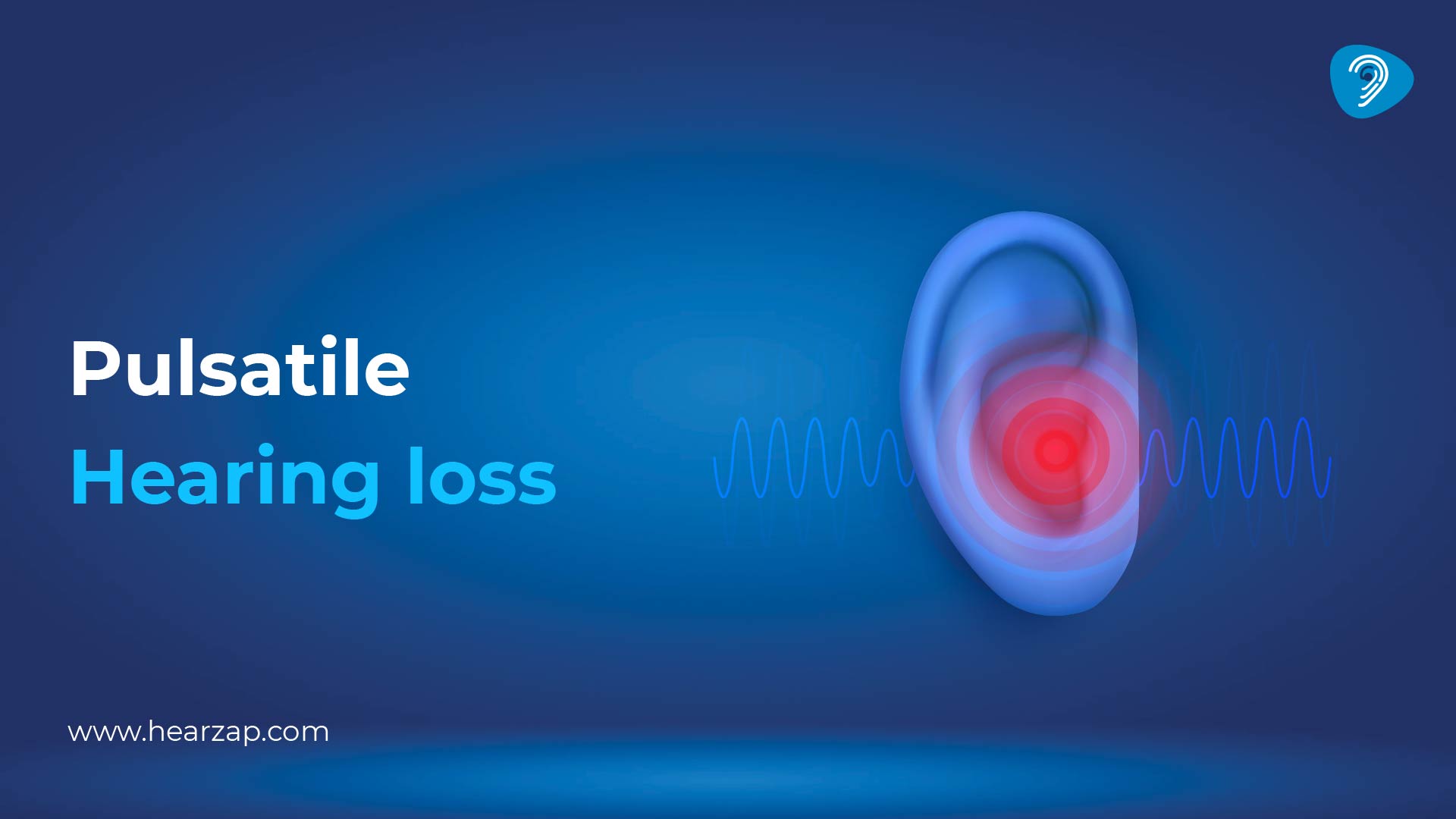
If you hear a rhythmic whoosh in one or both ears that rises and falls with your heartbeat, it can feel alarming. Many people describe it as hearing their pulse inside the ear rather than a steady ring. The encouraging part is that the pattern itself offers useful clues. This guide explains pulsatile tinnitus in clear terms, from meaning and symptoms to evaluation and care, so you can recognise red flags, understand common next steps, and feel more in control of the experience.
What is Pulsatile Tinnitus?
Pulsatile Tinnitus is an internal ear noise that keeps time with your heartbeat. Instead of a constant tone, you may notice a rhythmic pulsatile tinnitus sound, such as a whoosh, thump, or flutter. Many people hear it more at night when the room is quiet. Some notice it while bending, turning the neck, or after exercise because blood flow shifts can make the sound stand out. This pattern differs from Tinnitus, which presents as a steady ring or hiss without a pulse link.
Why does the rhythm matter? The pulse connection often points to sound coming from nearby blood vessels or pressure changes in and around the middle ear. That does not automatically mean danger. It does suggest that a careful history, ear exam, and targeted tests may identify a contributor, whether a narrowed vessel, fluid behind the eardrum, increased pressure in the skull, or a short-term change related to habits such as high salt meals or caffeine.
Some listeners hear the beat only in quiet rooms, while others notice it with strain, like stairs. In a subset of people, the sound is objective, meaning a clinician can sometimes hear it with a stethoscope over the ear or skull. Whether the sound is subjective or objective, the next step is the same: document what you notice and share those details at the first visit.
Pulsatile Tinnitus Symptoms
People describe a range of features:
- A whooshing, throbbing, or heartbeat-like noise in one ear or both
- Sound that matches the pulse and may grow louder when lying down
- Episodes that come and go, or a steady pattern during quiet times
- Ear fullness, sensitivity to loud environments, or mild ear pain
- Headaches or pressure sensations, sometimes behind the eyes
- Dizziness or brief imbalance in some situations
- Blurry or momentary vision changes in certain conditions
- Reduced hearing or fluctuating hearing; persistent issues can relate to hearing loss
Two points call for urgency. If the sound is new and intense, or if it follows a head or neck injury, seek medical care promptly. If it occurs with sudden vision changes, severe headache, weakness, or trouble speaking, treat those combinations as warning signs that need immediate attention.
Pulsatile Tinnitus Causes
Pulsatile tinnitus covers many possibilities. Some are temporary and straightforward, others need targeted speciality care. Common categories include:
- Blood vessel changes near the ear: turbulence from narrowed or looping arteries or veins.
- Atherosclerosis: stiff or narrowed arteries that amplify flow noise.
- High blood pressure: elevated pressure that makes vascular sounds more noticeable.
- Arteriovenous connections: malformations or fistulas linking arteries and veins.
- Venous sinus issues: partial narrowing or pressure shifts in the large brain-draining veins.
- Idiopathic intracranial hypertension: raised pressure inside the skull with headaches and visual symptoms.
- Thyroid problems: an overactive thyroid that speeds blood flow.
- Ear conditions: middle ear fluid, thin bone over vessels, or small growths.
- Head and neck tumours: slow-growing vascular tumours near the middle ear or skull base.
- Pregnancy and anaemia: higher blood volume or reduced oxygen-carrying capacity.
- Muscular causes: spasm of small middle ear muscles creating rhythmic clicking.
A single person may have more than one contributor, which is why a planned workup helps.
How Pulsatile Tinnitus is Diagnosed
Evaluation usually begins with history and ear examination. Your clinician will ask when the sound began, whether it is constant or intermittent, what helps, and which ear hears it. The exam checks the ear canal and eardrum and may include listening with a stethoscope over the neck and skull for objective flow sounds.
A baseline Hearing Test is common to measure thresholds and compare ears. Results guide next steps. Depending on the situation, imaging may include:
- Ultrasound of neck vessels
- CT of the temporal bone
- CT or MR angiography of the head and neck vessels
- MRI of the brain and inner ear
Not everyone needs every test. The goal is to select the most informative study. If signs point to pressure problems, an eye exam and pressure-focused testing may follow. If signs suggest a middle ear process, microscope examination or referral to an ear specialist may come first.
Pulsatile Tinnitus Treatment Options
There is no single recipe because the plan depends on the driver. Several themes recur in pulsatile tinnitus treatment:
- Manage cardiovascular factors
- Bring blood pressure into the target range with professional guidance.
- Support vessel health through cholesterol control, movement, and weight management.
- Limit nicotine and moderate caffeine and alcohol if they worsen perception.
- Treat ear or sinus contributors
- Clear middle ear fluid, manage allergies, and review thin bone over vessels.
- For simple infections, timely medical care helps. For comfort tips, see [Home Remedies For Ear Infections]. These do not replace medical treatment when symptoms are significant.
- Target specific structural problems
- Venous sinus narrowing may call for pressure-lowering strategies.
- Some arteriovenous connections or vascular tumours are considered for procedures after careful discussion.
- Idiopathic intracranial hypertension often focuses on weight support, salt balance, and medicines that reduce fluid production.
- Support hearing and daily function
- Sound therapy blends the pulse with neutral noise, especially at night.
- Counselling reduces the stress loop that makes the noise feel louder.
- When measurable loss is present, hearing aids and communication strategies may improve comfort.
Progress is usually stepwise. The aim is to treat what is treatable, reduce triggers, and build coping skills that make daily life easier.
Pulsatile Tinnitus Home Remedies
Home strategies do not replace medical evaluation, but they can complement care. Practical ideas include:
- Create a calm sound environment
- Use gentle background noise at night, such as a fan or a sound app.
- Avoid complete silence, which makes internal sounds stand out.
- Protect your ears
- Keep volume modest on headphones and during events.
- Use hearing protection in loud settings.
- Support circulation
- Stay active with regular, moderate exercise approved by your clinician.
- Sit and stand tall. Some people find the sound softer with good posture.
- Adjust daily habits
- Keep regular sleep.
- Notice how caffeine, alcohol, or high salt meals affect the noise and adjust.
- Manage stress with simple breathing drills or brief walks.
- Track patterns
- Note when the sound increases, what you were doing, and how long it lasted.
If symptoms change quickly, if headaches or vision problems grow, or if new neurologic symptoms begin, pause home measures and seek medical care.
Conclusion
The pulse matched ear noise that defines pulsatile tinnitus can feel unsettling, yet it is also a helpful clue. Because it often reflects a physical source that influences blood flow or middle ear sound transmission, a focused evaluation can identify what needs attention and what does not. Clear communication with your clinician, a targeted set of tests such as a Hearing Test, and practical day-to-day steps usually build a workable plan. If the noise changes quickly, or if severe headaches or visual symptoms appear, seek medical care without delay. With a calm, stepwise approach, most people find a path that brings clarity and relief.
FAQs
What deficiency causes pulsatile tinnitus?
There is no single deficiency for every case. Low iron from anaemia may increase awareness of flow sounds for some people, and vitamin B12 is sometimes discussed for tinnitus in general. Testing is guided by symptoms and a clinician’s assessment.
Do brain issues cause tinnitus?
Certain problems inside the skull, such as pressure changes, venous narrowing, or nearby growths, can create rhythmic noise. Many cases relate to causes outside the brain. Evaluation helps tell the difference.
How can I stop my pulsatile tinnitus?
Relief depends on the driver. Managing blood pressure, treating ear fluid, addressing thyroid issues, or lowering intracranial pressure can help. Sound therapy, steady sleep, and stress control often reduce day-to-day disruption.
Can tinnitus affect your eyes?
Tinnitus does not affect vision. Conditions that elevate head pressure can cause both pulse-matched ear noise and brief visual symptoms, which deserve assessment.
What neurological disorders cause pulsatile tinnitus?
Disorders that alter blood flow or pressure near the brain and inner ear may be relevant, including idiopathic intracranial hypertension and rare vascular malformations. A tailored workup determines whether they apply.
Related Blogs
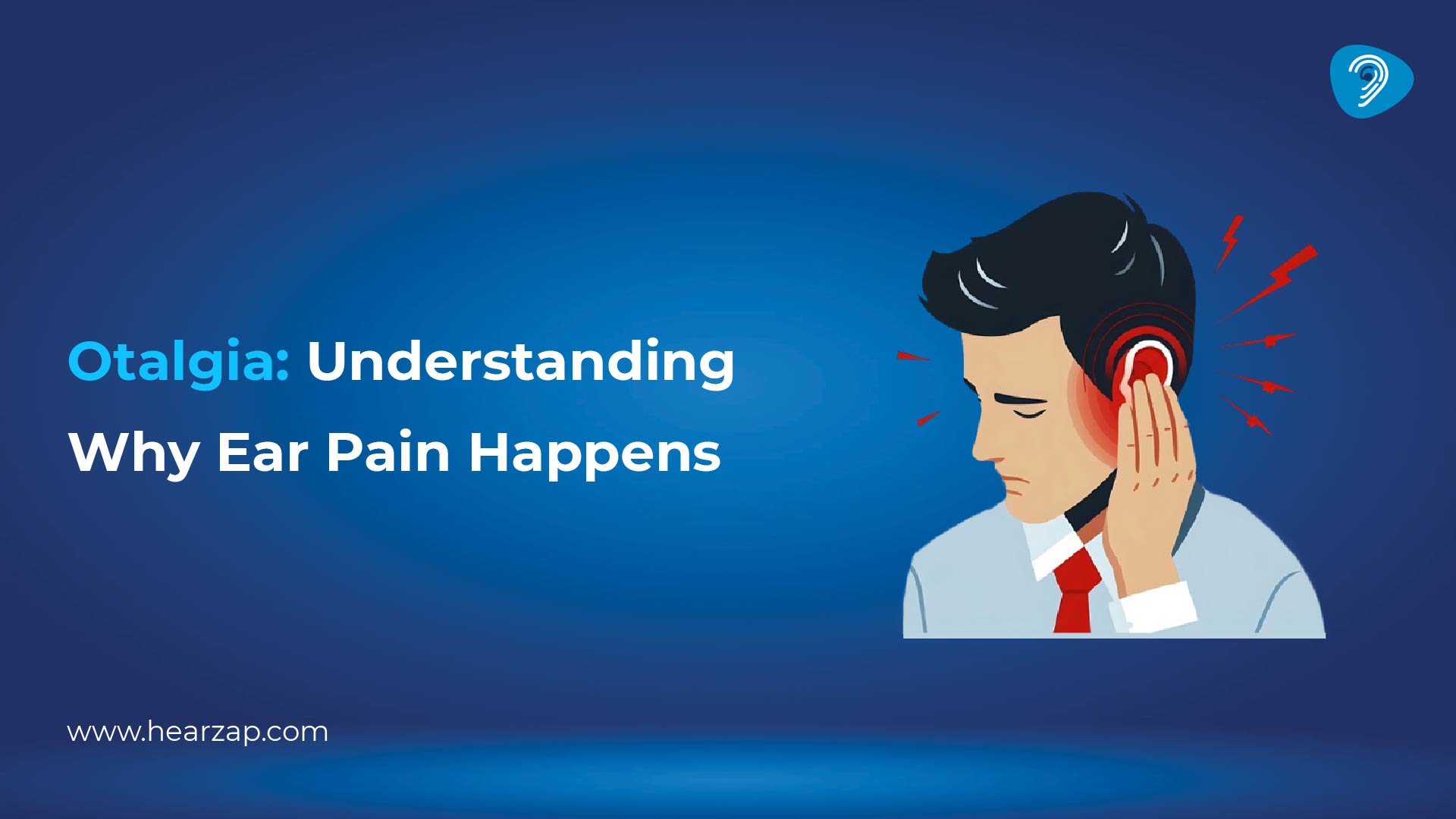
Otalgia: Understanding Why Ear Pain Happens and How to Treat It

Cholesteatoma: Understanding the Condition, Complications, and Modern Treatment
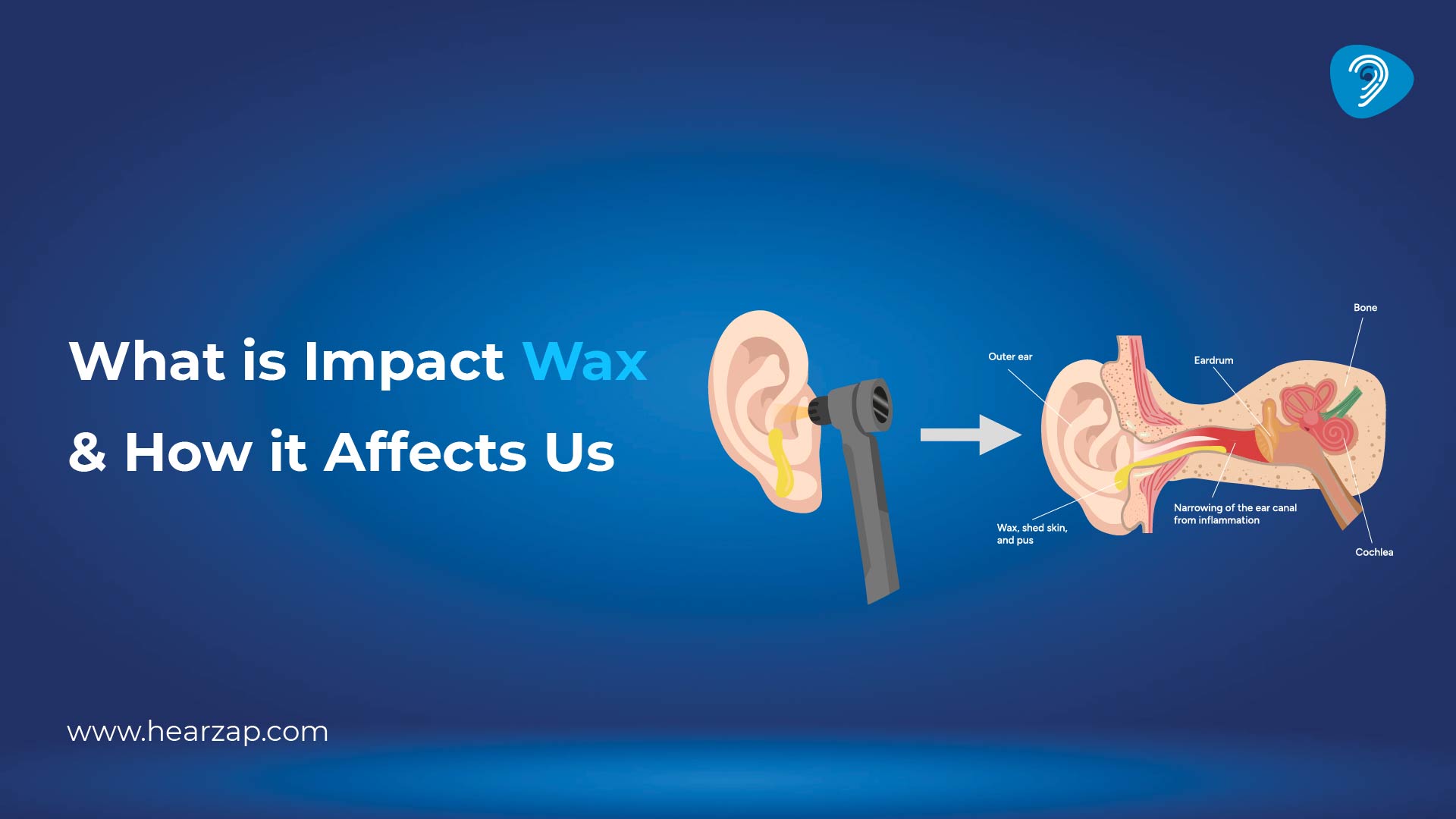
What Is Impacted Earwax?
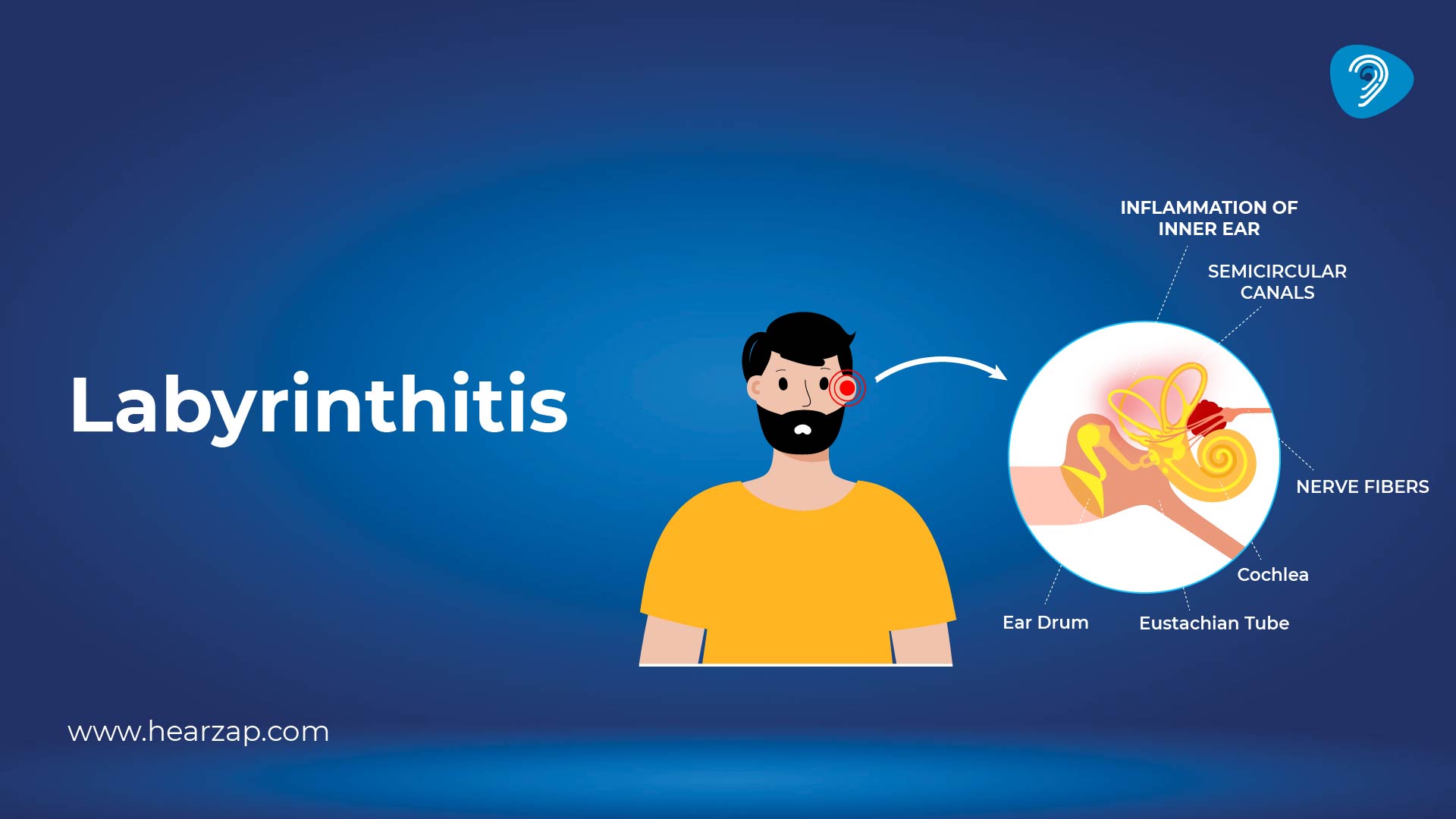
Labyrinthitis: Causes, Symptoms & Treatment
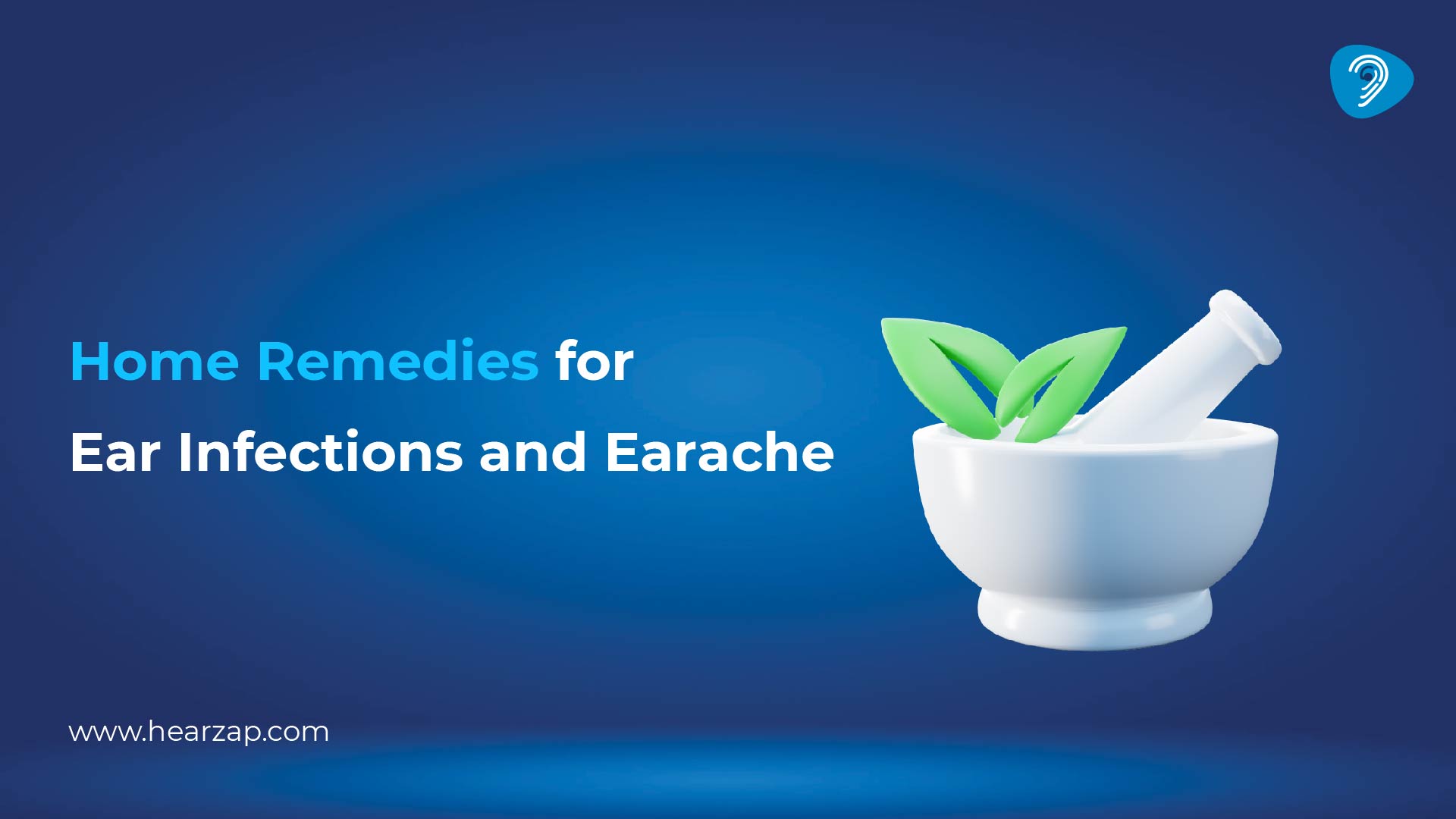
8 Home Remedies For Ear Infections And Earaches
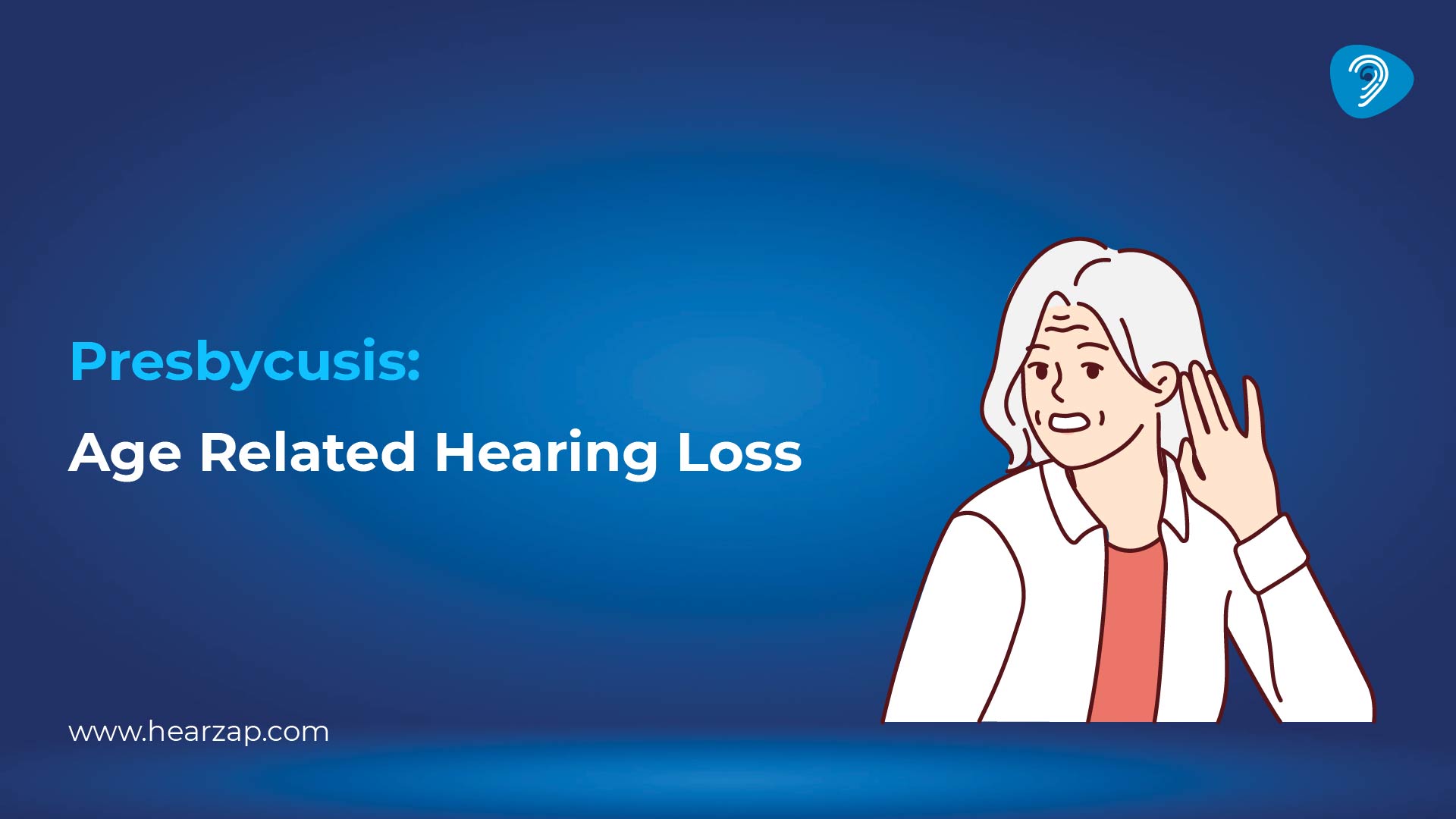
Presbycusis (Age-Related Hearing Loss)
Contact us
We are here for all your hearing needs, from hearing tests to hearing aids. Fill out the form below, and we will give you a call soon.
Please enter a valid mobile number with 10 digits.
Recent Blogs
By None | Dec. 4, 2025
By None | Dec. 2, 2025
By None | Nov. 28, 2025
By None | Nov. 27, 2025
By None | Nov. 26, 2025









